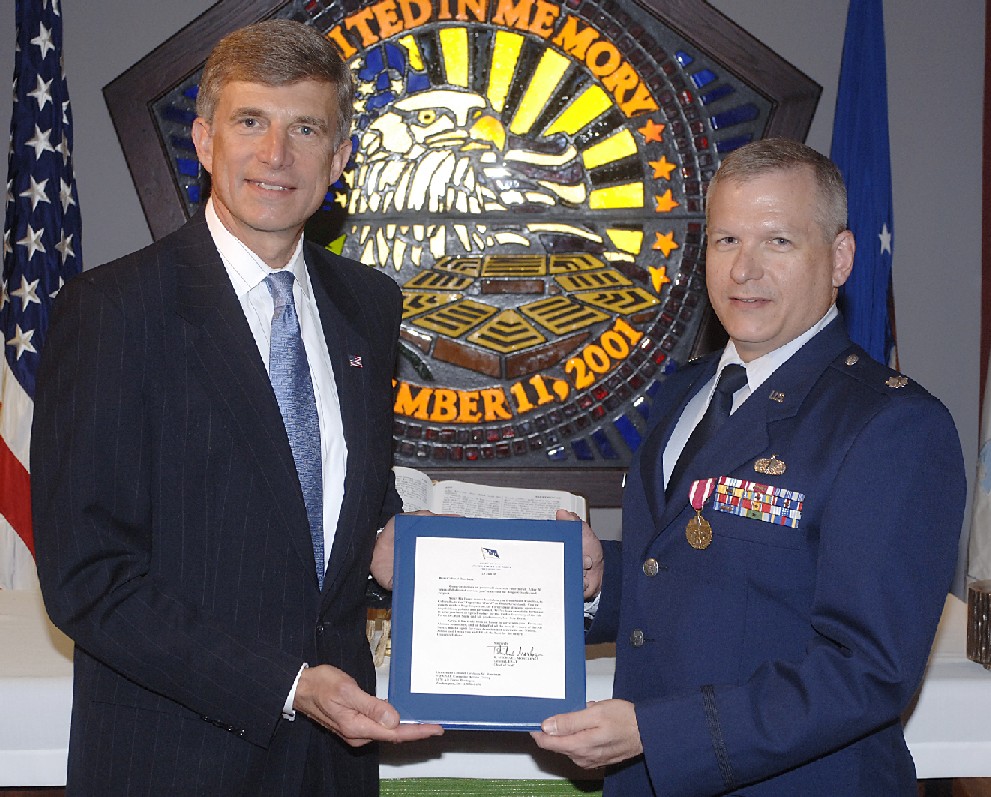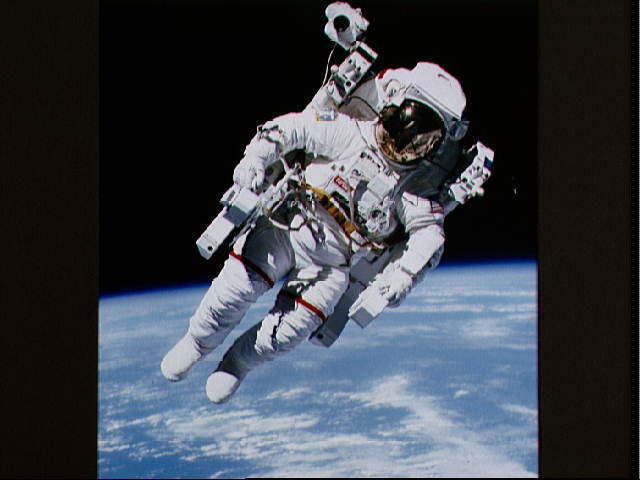Fifty years ago today — February 5, 1959 — NASA formed a working group at the Jet Propulsion Laboratory to lay the groundwork for what would become the Apollo lunar exploration program. I find that interesting, since it pre-dates President Kennedy’s challenge to achieve a moon mission by the end of the 60s.
Two additional tidbits today:
First, I feel really bad for missing another big space anniversary. Fifteen years ago Tuesday (February 3, 1994), Space Shuttle Discovery launched from the Kennedy Space Center on mission STS-60. This was the SPACEHAB-02 and Wake Shield Facility-1 mission, and included astronauts Charles F. Bolden, Kenneth S. Reightler, Jr., N. Jan Davis, Ronald M. Sega, Franklin R. Chang-Diaz, and first Russian cosmonaut to fly aboard the Space Shuttle, Sergei K. Krikalev.
Why do I feel particularly bad about missing this one? Because I wrote speeches for Ron Sega as my last assignment in the Air Force, when he was the Under Secretary, and he presided over my retirement ceremony:

(Click for larger image)
And finally: it takes a long time to print out nearly 600 manuscript pages. I’ve got several copies of the MS about ready to mail out to early readers, but I got those done at the copy shop. I’m printing out another one here at home, and it’s taking a lot longer than I expected. And the printer has started making funny noises …



 by
by 







